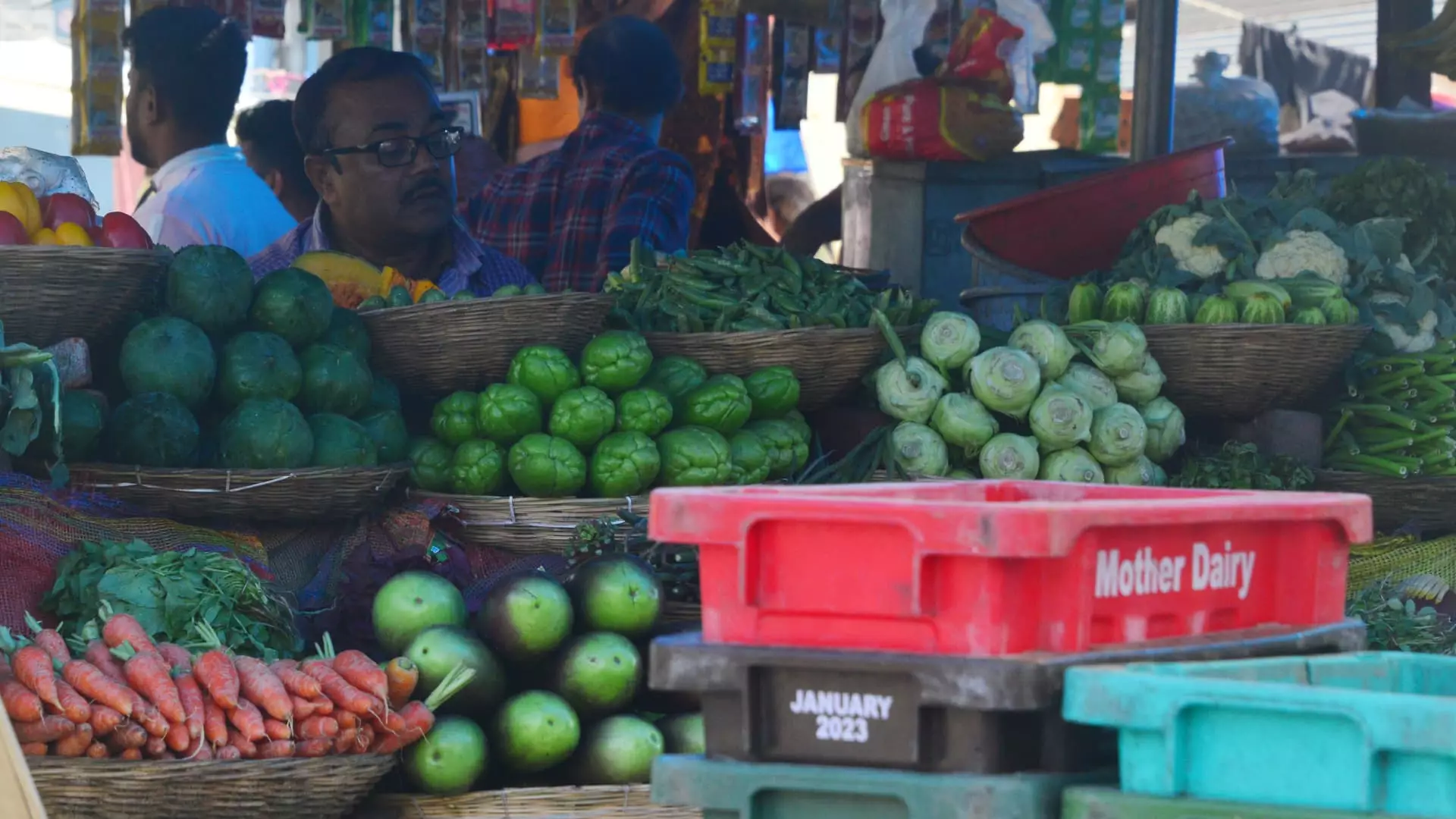India’s inflation situation has recently showcased a promising decline, with a year-on-year rate of 5.22% recorded for December, slightly falling below the anticipated figure of 5.30%. This marks the second consecutive month of declining inflation rates and presents a critical opportunity for potential interest rate adjustments. The Ministry of Statistics and Programme Implementation (MoSPI) revealed that this December inflation rate is the slowest since August 2024, in sharp contrast to the 6.21% high observed in October, which had alarmingly breached the Reserve Bank of India’s (RBI) 6% tolerance threshold. Such developments signal a possible shift in monetary policy direction, as the central bank may navigate through easing the current interest rates to stimulate economic growth.
Food prices significantly influence the overall inflation statistics in India, and in December, the agricultural sector revealed an easing growth in food prices to 8.39%, down from 9.04% in November. This decline is promising as it reflects a notable contraction in inflation across various categories, including vegetables, sugar, cereals, and confectionery. For instance, the inflation rate for vegetables saw a substantial drop to 26.56% compared to November’s rate of 29.33%, which previously peaked at 42.18% in October. Nevertheless, certain items still witnessed significant price hikes; peas, potatoes, and garlic saw the highest increases year-on-year amidst this downward trend.
Providing context is essential, as agriculture plays a pivotal role in India’s GDP. Governor Sanjay Malhotra has indicated that food sector pressures are expected to diminish by the fourth quarter of the fiscal year, primarily due to seasonal adjustments in vegetable pricing and the anticipated good yields from winter crops. These factors combined with a healthy cereal buffer stock promise a more stable agricultural output moving forward.
The diminishing inflation rates not only ease the cost of living pressures on consumers but also pave the way for potential interest rate cuts by the RBI, particularly in light of India’s tepid economic expansion of just 5.4% in the second quarter of the fiscal year ending September—an outcome disappointing compared to economist expectations and nearing a two-year low. As forecasts indicate a sluggish economy, this presents critical implications for the RBI’s monetary strategies. Harry Chambers, an economist at Capital Economics, has projected that the RBI might initiate a cycle of easing at the upcoming Monetary Policy Committee (MPC) meeting in February 2025, with expectations of a 25 basis point cut to the repo rate, adjusting it to 6.25%.
Despite this optimistic forecast for rate cuts, challenges remain. The Indian rupee recently struggled against the dollar, reaching a record low of 86.58, complicating the RBI’s monetary policy goals. Devalued currency often compels a central bank to maintain higher interest rates to protect the currency’s value, bringing a degree of caution to any prospective policy shifts.
Looking ahead, Bank of America analysts indicate a hopeful recovery phase for India’s GDP by 2025, albeit with certain uncertainties looming over its pace and robustness. While areas such as agricultural output and fuel consumption might continue their upward trends, crucial sectors like credit growth and broader fiscal health face potential weaknesses. Illustratively, the bank downgraded its GDP growth forecast for the fiscal year ending March 2025 to 6.5%, relatively lower than the RBI’s expectation of 6.6%.
While the recent decline in India’s inflation figures paints a cautiously optimistic picture, the interplay between currency value pressures, food price fluctuations, and broader economic growth remains intricate. The RBI’s navigating through these dynamics will be crucial in determining the efficacy of any rate adjustments it may adopt in the near future. As the government and financial bodies analyze these metrics, they must remain vigilant of the broader implications on growth, consumer welfare, and the economy’s resilience amid potential global economic headwinds.

